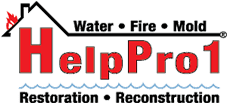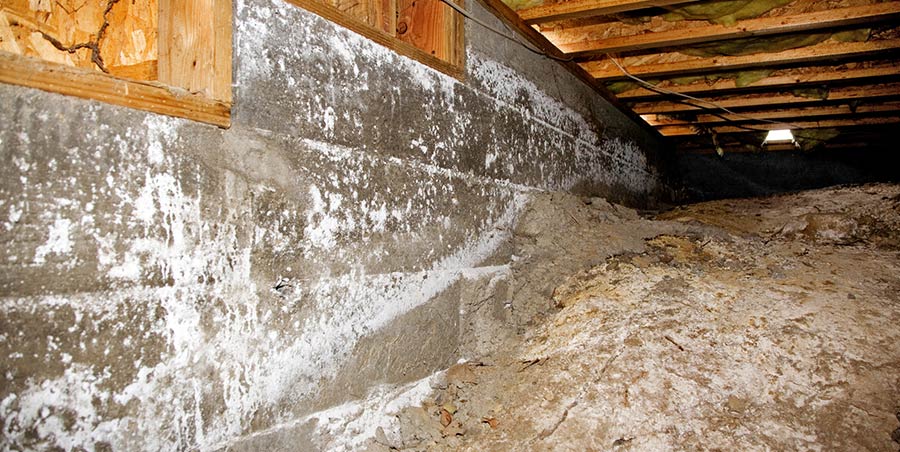Mold is well known for thriving in dark, damp environments—and unfortunately, this type of fungus can frustrate homeowners who strive to prevent and detect its presence in their homes. There are a few different types of mold that can grow in residential spaces, all with various appearances and effects. Here’s what you need to know to spot and prevent these common types of mold.
Green Mold
Green mold is a common type of growth that prefers cooler environments. Often, green mold develops on old food stored in damp or dark locations. Green mold can produce allergy-inducing spores or even mycotoxins that can be damaging to residents’ health. This mold can be prevented by monitoring humidity indoors, throwing out old food, and drying wet areas immediately, especially those with water damage.
Pink Mold
Pink mold often grows on shower floors and curtains, as it thrives in environments that are high in moisture. Unfortunately, it is difficult to prevent pink mold, as bathrooms will generally stay damp, as well as the fact that pink mold can feed off of soap and shower products. However, it can help to use dehumidifiers in the space and get into the habit of spraying after-shower solutions to get rid of shower product residue that pink mold feeds on.
Yellow Mold
Also known as “slime mold” due to its similarity to slime at a glance, yellow mold is generally easier to spot, as it is very bright in color. Touching, inhaling, or ingesting yellow mold can cause a host of health problems, so the mold should be removed immediately when spotted. Certain strains of yellow mold can even destroy wood, causing damage over time.
Black Mold
Black mold is a dark, toxic mold that affects certain household materials, including drywall, carpet, insulation, and sub-flooring, that have been exposed to moisture. This type of mold is associated with respiratory problems, such as chronic coughing and sneezing, mucous membranes of the nose and throat, chronic fatigue, and persistent headaches. Much like other types of mold, black mold can be prevented with proper ventilation and moisture control, as well as by removing any household materials that have been affected by floods or exposure to moisture during renovation or restoration projects.
In general, for these and other types of growths, it’s important to ventilate areas exposed to moisture and monitor the household for leaks. However, if mold exists despite your prevention efforts, get help now by calling HelpPro1 toll-free at 844-435-7776 today! We provide effective, professional mold cleanup and restoration services throughout Central Illinois so that you can get on with life as usual.
Sources:
https://www.epa.gov/sites/productio…s/2016-10/documents/moldguide12.pdf
https://www.moldguide.net/types/

